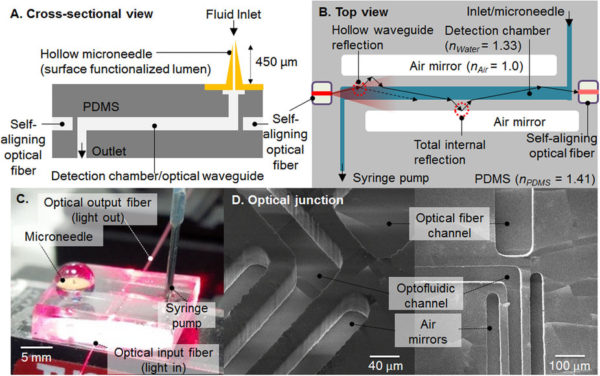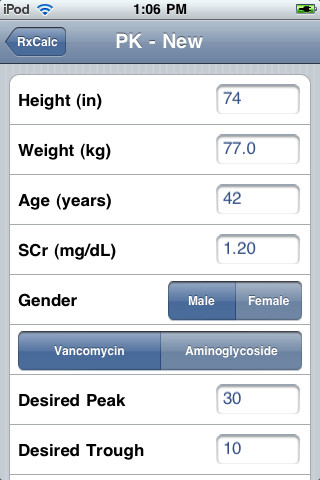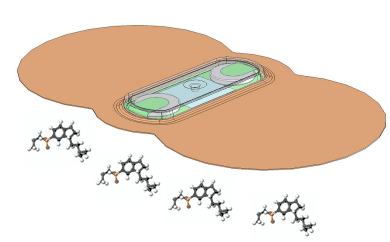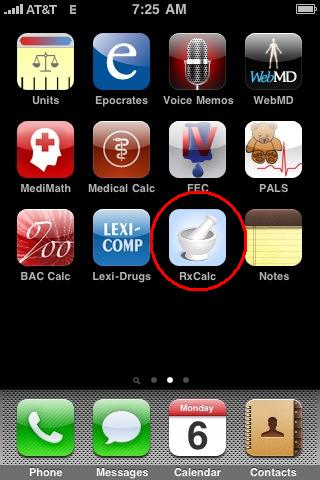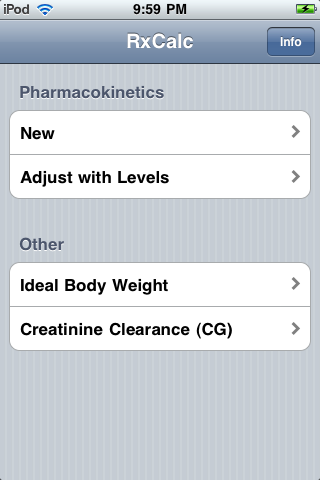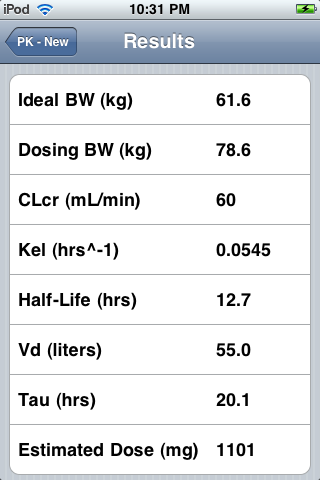Medgadget: “A collaboration between researchers at the University of British Columbia and Paul Scherrer Institut in Switzerland has developed a microneedle device for drug monitoring. The device is in a form of a patch that’s stuck onto the skin, painlessly pushing microneedles through to sample the interstitial fluid…The proof-of-concept device reported by the team was used to measure the concentration of vancomycin.”
This is something that has been sorely needed for a long time. As a pharmacist, I can confidently state that we spend entirely too much time looking at drug levels that are within normal limits versus evaluating those that are not. It would seem much more efficient, at least in the acute care environment, to ignore “normal” levels and spend our time investigating those that are out of whack.
In the outpatient environment this makes even more sense as a patient safety measure. Imagine never again having a patient urgently admitted to the hospital for a drug level that’s way too high. Think of all the medications that require at least intermittent drug levels: carbamazepine, phenytoin, digoxin, tacrolimus, and so on.
Side note, my mother was taking tacrolimus around the time of her liver transplant. An EHR charting error occurred that resulted in her receiving 10 mg orally twice a day instead of 1 mg orally twice a day; yep, a 10-fold error. True story. Almost killed her. The small-town hospital where she lived didn’t recognize the symptoms and failed to get a drug level when she was admitted for “dehydration”. Several days of pleading with physicians and calls to UCSF resulted in a level being drawn. It was off the charts. She was subsequently transferred to UCSF where she spent the next six weeks in the ICU. The entire ordeal could have been avoided with real-time drug monitoring. Just sayin’.
